ONRA:GuamJiujitsuServesJapan
When Jiujitsu first started on Guam, the absence of a Jiujitsu Academy enticed us to learning the other grappling arts to enhance our very limited jiujitsu game. We had enrolled into Freestyle Wrestling and Judo training in hopes of not only learning their techniques but also for extra mat time after practice. Inconsistent combat philospohies with our Judo instructors often widened any gap that might have existed between Judo and Jiujitsu on Guam. The growth of Jiujitsu in effect, had worked completely independently and more than 15years later still–the best of Guam Jiujitsu is yet to gel with Guam’s highly resourced national Judo program. . Almost two decades worth later, Stephen Roberto travels to Japan to open an affiliate Jiujitsu academy in Sapporo when ironically…Guam Jiujitsu made larger moves in WorldJudo than it ever had before. Heres an article copied and pasted fromt eh Pacific Daily News on Roberto’s adventure in Japan
Roberto builds bridges: Rival martial arts open to learning from each other
0 Comments
Taught judo black belts: Purebred Jiu-Jitsu Guam lead instructor Stephen Roberto demonstrates a crucifix armbar on Mark Pangelinan. The crucifix armbar is one of the moves Roberto showed Tokai University judo students during a clinic held recently in Japan. Grant Wieman/Pacific Daily News/gwieman@guampdn.com
Purebred Jiu-Jitsu Guam lead instructor Stephen Roberto, a black belt in his sport, recently was invited to a teach a ground-breaking clinic to the judo team at Tokai University in Japan.
The opportunity came about at the last minute, Roberto said, but it was too monumental to pass up.
“To be invited is unprecedented,” Roberto said. “I got Facebook messages from all over the world for doing that. I’m not a judo black belt. For me to get invited as a Brazilian jiu-jitsu black belt made waves in the sport.”
The invitation was part of a new wave in judo, Roberto said, where the traditionally conservative, strict sport has begun to open up to new possibilities. That includes trying to pick up tips from jiu-jitsu, a rival sport that has traveled a different historical course.
Jiu-jitsu was once a major martial art in Japan, Roberto said, used primarily for self-defense, but it became less important in the past few centuries and with that, judo started to grow.
National power
Judo, a martial art used almost exclusively in sporting competition, is now much more popular in Japan, and Tokai University is the national power. A number of world champions, including two-time champion Hitoshi Sugai, have honed their craft at Tokai.
“In my martial arts career, especially here on Guam, Tokai University is known as an elite judo — strictly judo — university,” Roberto said. “A lot of the guys that graduate and do well on the college circuit and at Tokai are more than likely going to get recruited for the Japanese national team.”
Roberto is no stranger to conducting jiu-jitsu clinics. He’s traveled to several countries, including Japan, Ireland and the Philippines, to do just that.
But his turn in judo class was a new one, and it came as a surprise.
In late February, Roberto was in Sapporo, Japan, visiting Yoon Sugawara, a friend and former student who is opening a Brazilian jiu-jitsu affiliate gym there. The two had planned to host coaches from the Tokai University judo team, but time conflicts forced a change of plans.
Because of the respect Roberto has in the martial arts world, Tokai decided it couldn’t pass up the opportunity to see what skills he could share with its judo team.
Invitation
Sugai, now the technical director for Tokai University judo, invited Roberto to team training the next day.
“I didn’t even know what they wanted me to show,” Roberto said. “They told me they’d show me the next day. … That was the first time that I ever taught in a non-Brazilian jiu-jitsu setting. And, of course, they’re all black belts. That was just super intimidating.”
Language barrier
Roberto admits that his ability to speak Japanese is “bad, at worst,” but he wasn’t concerned about trying to instruct in a language he was unfamiliar with.
He showed jiu-jitsu techniques, slightly modified to comply with judo rules, and said the students picked it up easily.
“Grappling on the mat is like communicating with each other. You can kind of get what they’re saying” Roberto said. “They were familiar with the position, but they took the new details that I showed them. They took it openly.”
Roberto spent the first four years of his martial arts career as a judo student, but he said he moved away from the sport because the strict rules and impracticality to everyday life made it unappealing to him.
He’s always respected the sport, though, even as he’s become a black belt in rival jiu-jitsu, but working with the students at Tokai gave him a new appreciation for where judo is heading.
“I want people to understand that it’s not a bad rivalry, it’s good, but just give jiu-jitsu the respect it’s deserved,” Roberto said. “That thinking inside the box and not being able to think outside the box in judo? Now that box is crushed. They’re open now. They’re opening their eyes, they’re opening their minds and that’s a good thing.”
Evolution
“That shows that they want the sport to evolve and they’re finally giving jiu-jitsu the credit it deserves. To me, that’s a very big achievement. I think that’s the biggest thing that could happen.”
Roberto said he hopes he can continue the relationship and build bridges, not just between the two arts, but between Guam and the rest of the martial arts community worldwide.
That’s a two-way street, and while he shared techniques, he also took lessons away from Tokai.
Most notably, he said, is the work ethic and dedication to their craft the students there have.
Mutual respect
The mutual respect he shares with his Japanese judo counterparts will now have a base to grow from.
“In Japan, the way they train is very tough. They’re elite-level athletes,” Roberto said. “I’m blessed and grateful. Everything happens for a reason. I’m that kind of thinker.
“It says (Guam) is recognized for its martial arts athletes. People recognize my gym brand. More importantly, all that stuff is connected back to Guam.”
Professor Stephen Roberto tells of seminar in Japan
Mar 05, 2014
Today was a a special day in my jiu jitsu career. I was invited by the head coaches of Tokai University to conduct a seminar on ground techniques. I was so honored and humbled by this. The rivalry between judo and jiu jitsu has been ongoing. To be invited by the powerhouse university in Japan to share technique is an incredible opportunity. I shared my turtle guard attacks and guard passing systems to a grateful and eager squad who I later found out are their “A” team. 2 hours of technique followed by one hour of intense sparring. They were impressed by my teaching and even more impressed as I held my own with high level black belts and then to find out that I’m 39yrs old! I was invited back at the end of training and look forward to helping bridge the gap between bjj and judo. And its not every day were I get to teach a room full of black belts! Full room so I couldn’t fit everybody in the pic. #bjj #judo #jiujitsu #tokaiuniversity #newaza #grappling #japan #blackbelt #technique #tatame #bjjunitedtacteam #nsbjj #purebredbjjguam #yamatodamashii

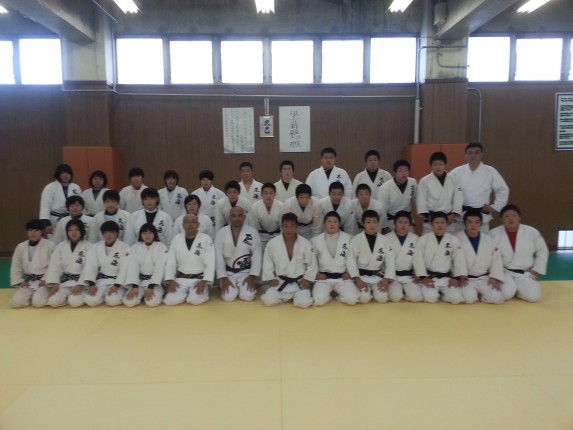


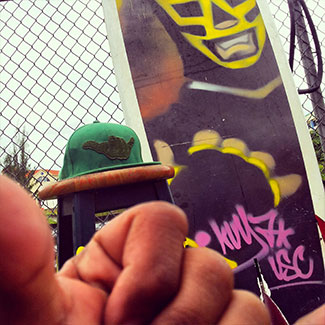
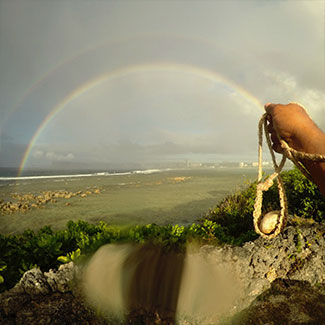
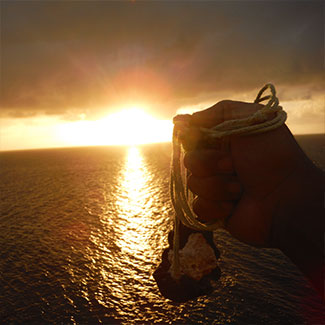
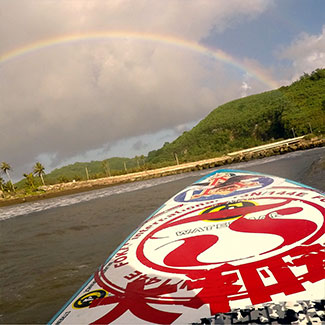
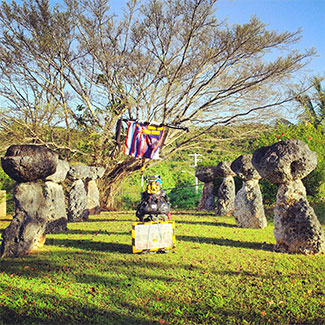
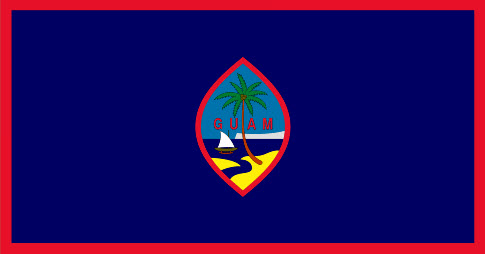
Comments
a penny for your two cents
and oh, if you want a pic to show with your comment, go get a gravatar!